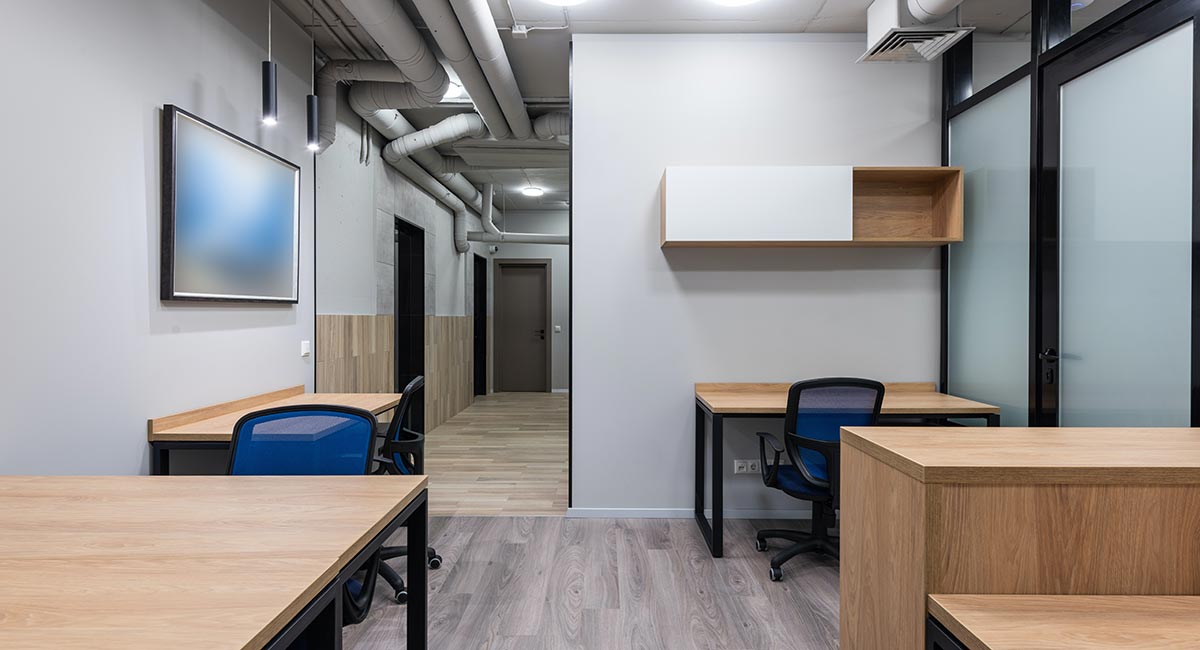
Before painting, prepare the surface of the PVC edge banding. Use a well-ventilated area to apply the adhesive. Spread the adhesive evenly across the edge of the material and press down from end to end. This will remove trapped air and even out the adhesive. Repeat this process for all edges of the material.
Preparing the surface of a PVC edge band before applying paint
Before you start painting a PVC edge band, you need to prepare it properly. This is essential because PVC has a low surface energy, making it difficult for paint to adhere to it. However, it can still be painted if proper preparation is done. Paints designed for PVC are formulated to adhere well to the surface.
First, prepare the surface of the PVC edge banding by removing any wax that may be on it. To do this, you can use a power sander, or you can use sanding paper. When sanding, make sure to sand all edges evenly so that there are no striations. Avoid using acetone or solvents on the surface of PVC, as this will raise the surface energy of the PVC and cause it to swell.
Preparing the surface of a PTV edge band before painting will ensure its durability and strength. There are different types of edge banding available on the market, including wood, acrylic, and PVC. Select the one that matches the material and finish of the furniture to ensure maximum strength and durability. You can also use pre-glued edge bands or 3D acrylic tapes, which will help you choose the perfect one for your project.
If you choose a melamine edge band, you should check its label carefully to make sure that it is paintable. Usually, melamine edge banding is made of paper covered with melamine resin. This material has excellent resistance to UV rays and high temperatures. Also, it is a durable surface material, so you can choose any color you want.
Advantages
PVC edge banding is a versatile and affordable way to cover the exposed edges of doors, windows, and other surfaces. It is resistant to acid and moisture and is easy to clean. It is also easy to install. In fact, this edgebanding is perfect for any indoor or outdoor surface.
The cost of PVC edge banding is considerably lower than that of wooden bit. Its cost is measured in running feet, while that of wooden bits is priced in running meters (3.2 feet). PVC edge banding, called E3, is an excellent choice for these applications because it softens the edge of a piece of furniture without damaging it. In addition, it doesn’t require nails to be used during installation, which can damage clothing. Furthermore, it requires only a thin layer of adhesive, unlike wood bits.
Another advantage of PVC edge banding is its high flexibility. The material is easily moulded into different shapes, sizes, and textures. Manufacturers can offer customized solutions based on customer needs and specifications. With its versatility, PVC edgebanding is an economical option. Moreover, it is durable and resists moisture.
PVC edge banding is one of the most popular options for decorative surfaces. It offers a flawless finish that enhances the beauty of a piece of furniture. It also prevents moisture and insects from penetrating the exposed edges. The benefits of this edgebanding solution make it a great choice for any residential or commercial project.
Color match-look up
When applying pvc edge banding, it is important to select the proper glue. The type and quality of glue used will affect the durability of the banding. A high-quality glue will last for years while a cheap one might break and not be effective. Make sure to read the reviews of the products that you are interested in buying and choose the best glue for your needs.
There are many types of glue for pvc edge banding on the market. You may have a hard time choosing the right one for your needs. While some glues are cheap and convenient, others have a number of features that will make your job easy and efficient. You can also use a comparison website like Amazon to find the best glue for your project.
Prepare your PVC edge banding for painting by sanding it first. This will help to remove any wax that may be on it. If you don’t have a power sander, you can also use sanding paper. While sanding, be sure to sand the edges in all directions to prevent any striations. Make sure to avoid using acetone, as it may harm the surface energy of the PVC.
If you are applying PVC edge banding to a painted cabinet, consider using a hot melt adhesive instead of glue. Choosing the right adhesive for your project is critical to ensuring the longevity and look of your new product.




Leave a Reply
Want to join the discussion?Feel free to contribute!